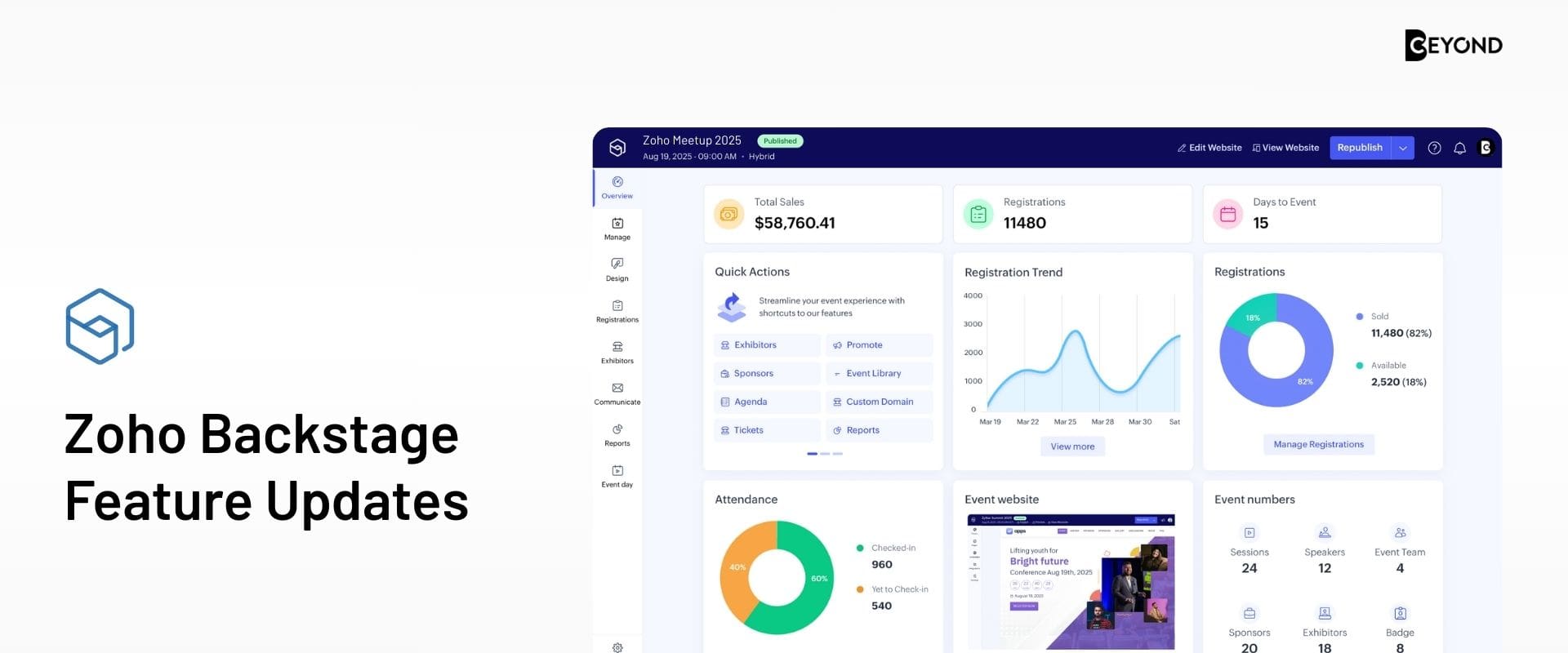In a data-driven world, effective data product management is crucial for business success. This article explores the importance of an organized approach to data products and how it can give companies a competitive edge.
The Importance of Data in Business
In today’s business world, data is crucial to the success of an organization. Many companies label themselves as data-driven, but too often, their data and the teams managing it are isolated from the rest of the organization. This leads to suboptimal solutions and hinders long-term initiatives to optimize cross-disciplinary processes. So, how can companies ensure that their data is used effectively to achieve a sustainable competitive advantage?
The Path to Centralized Data Management
The solution lies in establishing centralized data management that connects all departments. This step requires a fundamental overhaul of existing data silos and a shift towards an integrated data structure. Each department should be linked to the central data hub through dedicated data business partners. This ensures that data becomes more accessible, accurate, and context-rich for everyone, allowing data teams to gain a more comprehensive understanding of issues before they start developing solutions.

Overcoming Resource Constraints
Many growing companies are held back by understaffed and under-resourced data teams. However, this isn’t just about budgets or a lack of talent; it’s also about managing the workload. Data teams are often so overwhelmed with urgent requests for dashboards and reports that long-term initiatives are never undertaken. In this chapter, we explore the challenges faced by data teams and how companies can allocate resources to support them effectively.
Data Products and Their Lifecycle
Data products have their own lifecycle, development stages, and value-creation opportunities. In this chapter, you will learn how companies use data product managers to ensure that each new data product targets a clear audience and provides distinct value. We also explore the issues that data product development can address and when it’s better to rely on existing solutions or third-party providers.
Data Quality and the MVP Approach
The quality of data is crucial to the success of data products. In this chapter, we delve into the importance of data quality and how organizations can ensure their data is reliable. Additionally, we explore the Minimum Viable Product (MVP) approach for data products and how it can help maintain focus on key features while bringing more effective solutions to market faster.

Conclusion
Overall, it is clear that data-driven product management processes will become increasingly important in the coming years. Companies must adapt to this change and equip their data teams with a product-oriented approach. Only when these teams deliver internal data products as effectively as external offerings can companies truly call themselves data-driven and achieve sustainable success.









